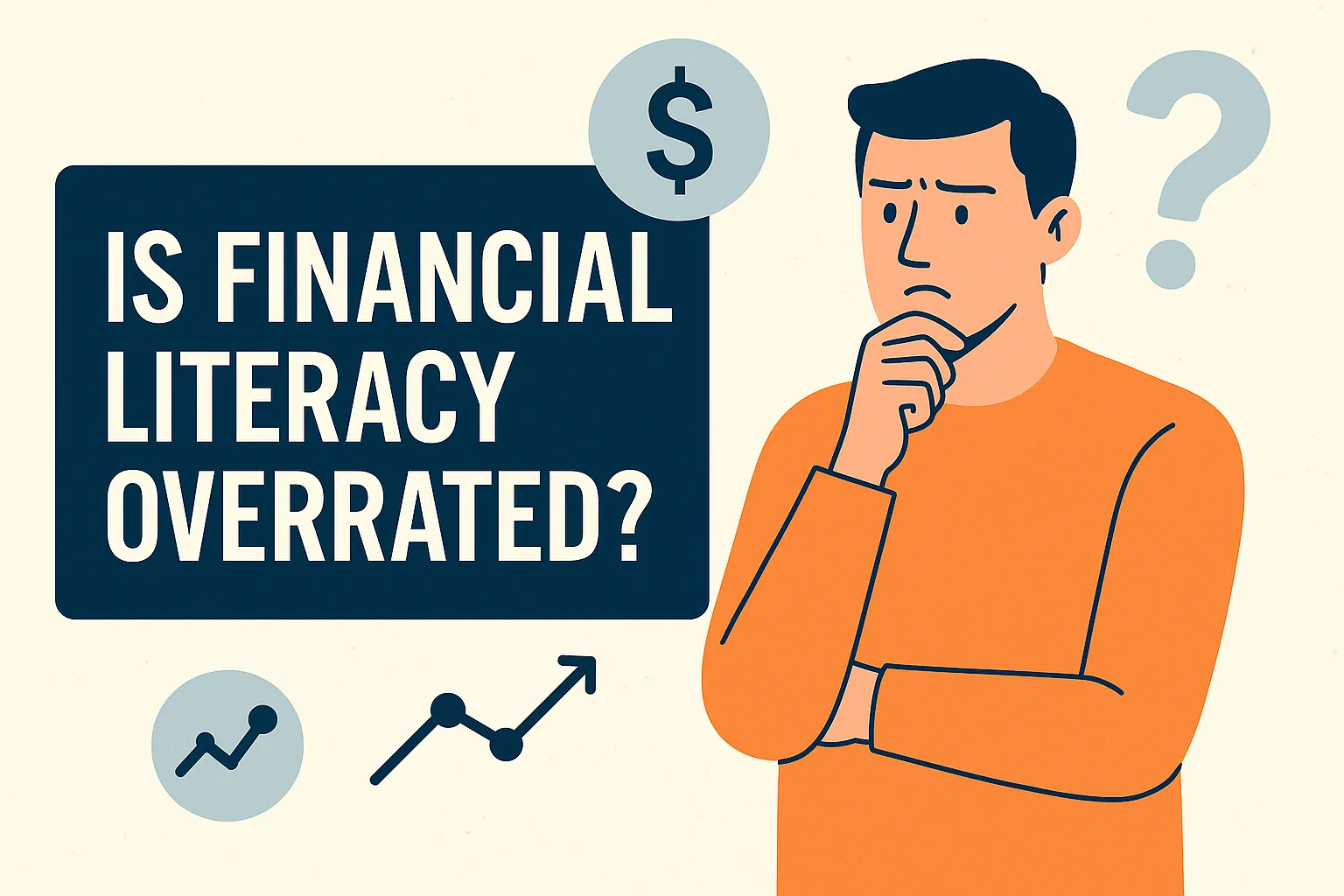Net Worth Tracking Valuation Cadence: How Often to Update What

According to the Federal Reserve’s 2022 Survey of Consumer Finances, real median U.S. household net worth rose 37% from 2019 to 2022—the largest three-year jump on record for the modern survey (Fed SCF, 2023). Many investors saw the spike and wondered: should valuations be refreshed weekly to “keep up”? The real issue isn’t speed; it’s signal quality. Some assets benefit from frequent marks; others need a slower cadence or a model-based estimate to avoid distortion. This article lays out a clean, evidence-based schedule by asset type, explains when model updates beat manual tweaks, and offers a short checklist to keep history intact.
Key Takeaways
- Match cadence to price discovery. Public markets can update continuously; appraisal-based or thinly traded assets often merit quarterly or semiannual marks.
- Use credible indices as guardrails—not as gospel. For housing, FHFA’s monthly HPI is a useful context between appraisals.
- During regime shifts (e.g. 2022), cadence matters more when stocks and core bonds fall together; overly stale marks masked risk drift.
- Preserve history. Time-stamp each update; don’t overwrite prior valuations with new methods or indices.
Start With a Principle: Update by “Truth Source,” Not Habit
Valuation cadence should follow how prices are actually discovered for the asset. Public stocks and ETFs trade in deep markets; prices are discoverable minute by minute. Private assets—real estate in particular—rely on periodic appraisals, broker opinions, or income models. The NCREIF Property Index is a good proxy for how the institutional world handles this: appraisal-based, quarterly marks, with methodology built for slower price discovery. For households, the same logic applies: frequent updates where markets are liquid; measured updates where they aren’t.
So what? The right cadence cuts noise, reduces whiplash decisions, and keeps the net-worth line credible when the macro picture shifts.
A Practical Cadence by Asset Type (and Why)
Here’s a baseline schedule that many investors use, with guardrails for stress periods.
- Public equities & mutual funds/ETFs: Automatic/daily via account sync. Daily marks reflect real market moves; over-riding them manually adds bias without value.
- Bonds & bond funds: Automatic/daily. Price discovery is active; in dislocations like 2022—when both stocks and broad U.S. bonds posted double-digit declines—keeping daily marks prevented false comfort in “balanced” sleeves.
- Cash and cash-like funds: Continuous balance updates; rate check monthly. Yield and sweep defaults vary by firm and move with policy. (Use a monthly note rather than editing last month’s history.)
- Primary residence & rentals: Quarterly model refresh, annual hard check (appraisal/BPO) or when a material event occurs (renovation, refinance, comp shock). You can use FHFA’s monthly HPI as a guardrail to drift values between hard checks—document the index and the date so history isn’t rewritten later.
- Private equity/VC, RSUs in pre-IPO firms, angel stakes: Quarterly (or when companies publish NAV/409A updates). Treat third-party statements as the truth source; avoid back-filling prior periods with new marks.
- Real assets & collectibles (art, watches, classic cars): Annual with a reputable guide or appraisal; mid-year only if there’s a sale comp you would actually transact at.
- Crypto: Automatic/daily where synced; lot-level checks monthly to ensure cost basis and wallet coverage are intact (especially after transfers or staking events). (Tax treatment aside, valuation cadence is about consistent price sources.)
Short in-line checklist: document source, date, and method with each update → avoid overwriting prior months with new models → flag material events that justify an off-cycle mark (refi, major capex, liquidity round).
Indices Are Tools, Not Rulers
Indices help fill gaps for slow-moving assets—but they should be used explicitly and sparingly.
For housing, the FHFA HPI offers monthly, geographically detailed signals. It’s credible, repeatable, and revised transparently—ideal as a second-opinion drift between appraisals. But unique homes diverge from index medians. The right approach is two anchors: last appraisal/BPO as the primary value and the HPI trend as a drift overlay until a new hard anchor arrives. Document both.
For commercial real estate, the NCREIF NPI is quarterly, reflecting appraisal cycles at scale. That cadence acknowledges reality: most properties aren’t repriced daily, and forcing them into daily moves creates pseudo-precision.
When the Regime Shifts, Tighten the Rhythm—Don’t Panic
In 2022, both U.S. stocks and core bonds posted steep losses—an unusual pairing that pushed many “balanced” allocations outside targets for months. Stale quarterly or annual marks on real assets made some households look safer than they were. A practical response is temporary cadence tightening: keep public markets on daily sync, move real estate from quarterly to monthly index-guided drift with clear footnotes, and review private marks promptly when official statements arrive. Then revert once volatility normalizes.
- Hypothetical: A 41-year-old with a home, two rentals, and a 60/40 portfolio sees equities slide and bond funds wobble. Quarterly property marks make net worth look stable—misleading. Switching to a monthly HPI drift between appraisals reveals tighter liquidity and prompts a measured rebalance using contributions, not panic sales. This example is hypothetical and for illustrative purposes only
A 10-Minute “Valuation Friday” Routine
One short cadence keeps records clean and decisions calm.
- Sync all accounts (let market prices flow).
- Model private assets per schedule (quarterly real estate; annual collectibles; quarterly private funds).
- Apply index drift for housing, noting FHFA HPI month and region.
- Time-stamp each change with source + method; never overwrite last month’s numbers.
- Note material events (refi, capex, liquidity round) that justify off-cycle updates.
Want this baked in? Some investors try free tools like PortfolioPilot.com to set per-asset cadences, attach sources, and keep an auditable history alongside diversification and tax views.
The following article is provided for educational purposes only and does not constitute personalized investment, tax, or legal advice. Any examples are hypothetical and for illustrative purposes only. Investing involves risk, and outcomes may differ materially from any projections or scenarios discussed. Readers should consult with a qualified financial, tax, or legal professional regarding their individual circumstances
How optimized is your portfolio?
PortfolioPilot is used by over 30,000 individuals in the US & Canada to analyze their portfolios of over $30 billion1. Discover your portfolio score now:






